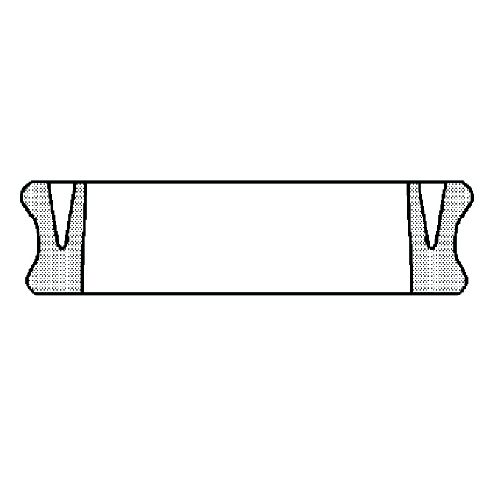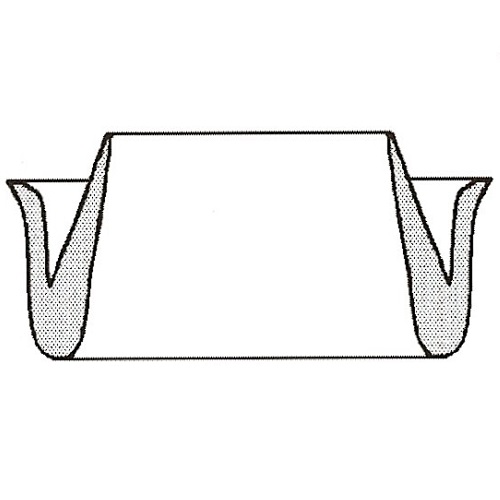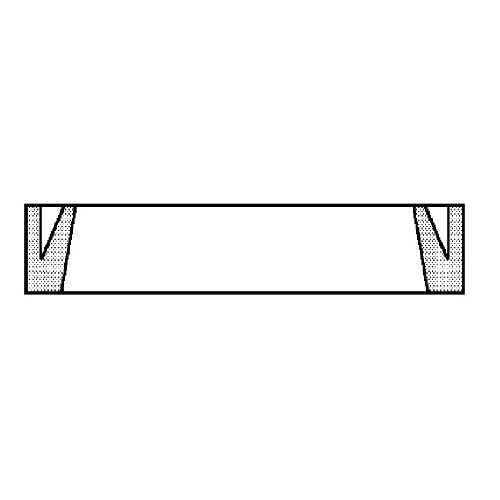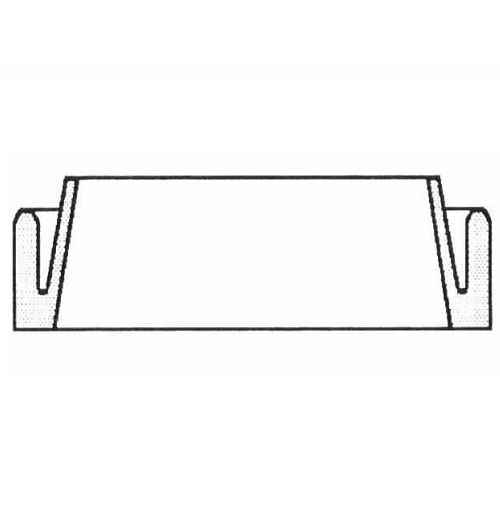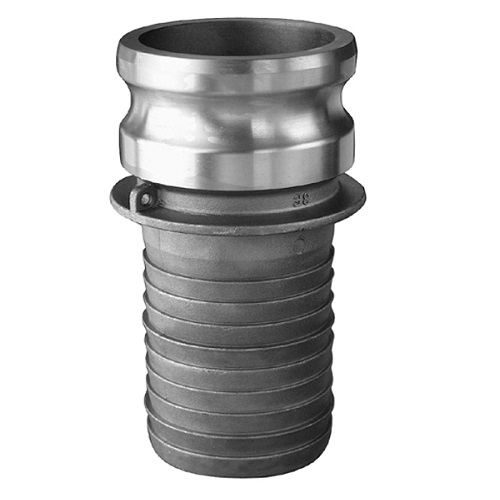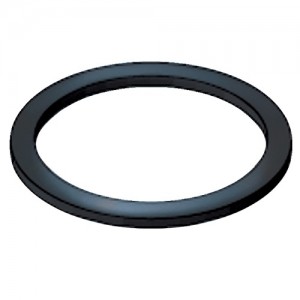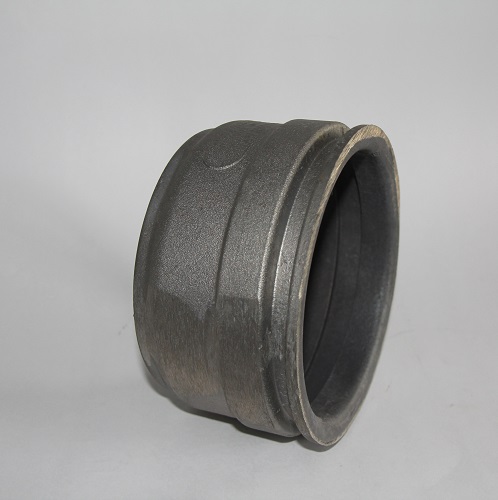A rain control gasket in irrigation systems is a specialized seal designed to prevent water leakage and ensure a tight, reliable connection between components. It is often used in rain control valves, sprinkler heads, or other irrigation fittings to maintain system efficiency and prevent water waste.
Features of a Rain Control Gasket
- Material: Typically made from rubber, silicone, or other flexible, durable materials resistant to water, UV rays, and environmental wear.
- Shape: Designed to fit precisely into the grooves or fittings of specific irrigation components.
- Seal Function: Provides a watertight seal between parts like valve housings, sprinkler bodies, or pipe connections.
Uses in Irrigation Systems
- Rain Control Valves: Ensures proper sealing in valves that regulate water flow, especially those designed to stop or redirect water during rainy conditions.
- Sprinkler Heads: Prevents leaks around the base of sprinkler heads, ensuring all water is directed through the nozzle.
- Pipe Connections: Used in fittings or couplings to prevent leaks where pipes join.
Benefits of Rain Control Gaskets
- Water Conservation: Minimizes leaks, saving water and reducing utility costs.
- Durability: Extends the life of irrigation components by maintaining secure seals under varying pressures and conditions.
- Improved System Performance: Ensures consistent water flow and prevents loss of pressure caused by leaks.
Common Applications
- Residential and commercial irrigation systems.
- Agricultural irrigation setups.
- Drip irrigation systems to prevent leakage in low-pressure lines.
In summary, a rain control gasket is a vital component in irrigation systems, ensuring watertight seals that improve efficiency, conserve water, and enhance the overall performance of the system.


